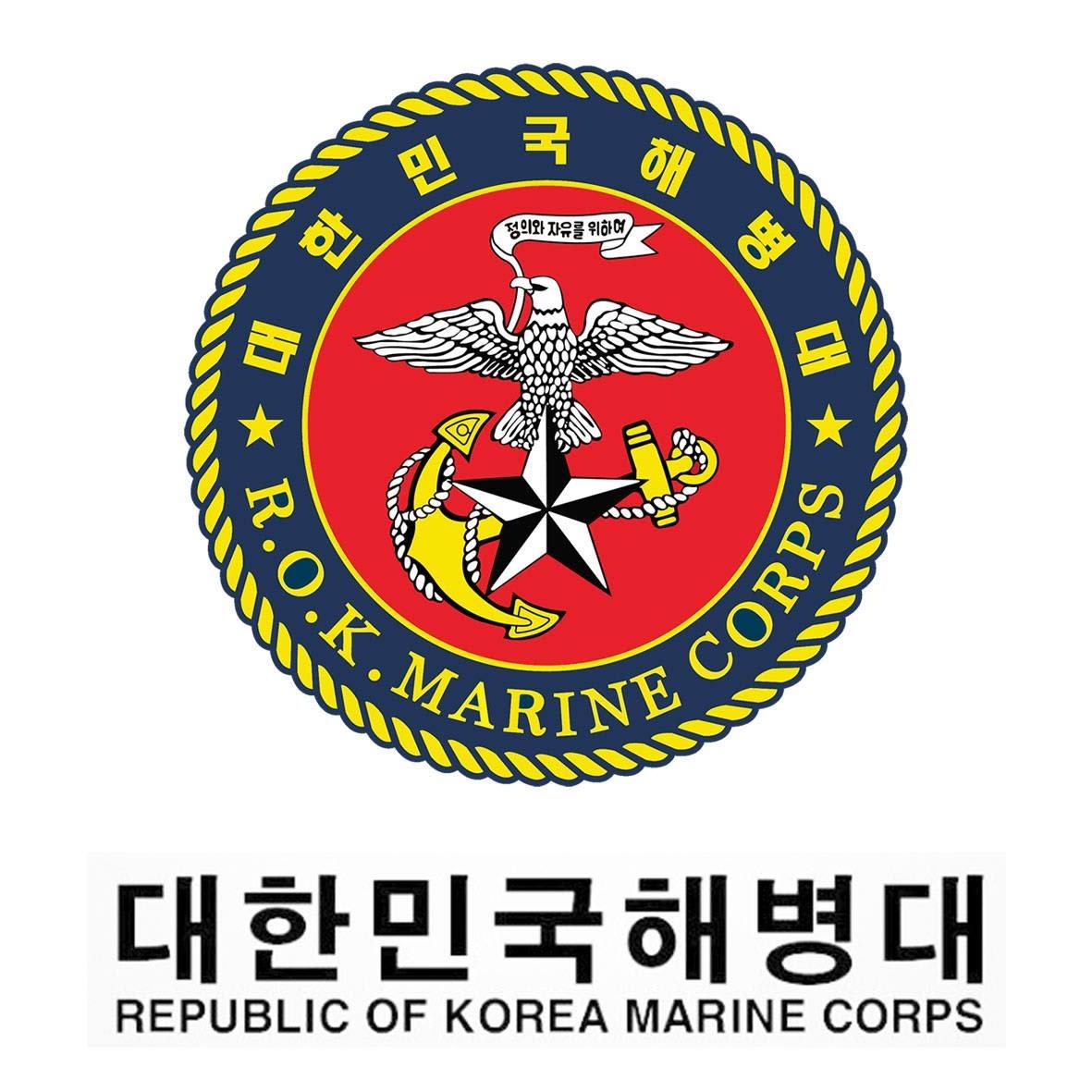
The Spanish Marine Corps has a high interest in the new amphibious combat vehicle or Amphibious Combat Vehicle (ACV), which is already used by the United States Marine Corps, both to replace its amphibious assault vehicles or AAV and its armored 8x8 Piranha IIIC.
The Marine Corps has been looking for years to replace its more than veteran fleet, received in the seventies, of amphibious assault vehicle vehicles or Assault Amphibious Vehicle (AAV), of which it currently has 19 AAV-7A1 (16 in personnel carrier version, two command and one recovery).
Although the replacement has been discussed on multiple occasions, it has not entered the equation of adding to this process the change of the most modern Infantry Combat Vehicles (VCI) 8X8 MOWAG Piranha IIIC, as analyzed by Marine Infantry Lieutenant Colonel (IM) Miguel Hernández Suarez-Llanos in the latest issue of the Revista General de Marina, official press organ of the Spanish Navy.
In principle, to replace the AAVs, the Navy General Staff analyzed the possibility of the direct acquisition of new AAVs in their latest version, the purchase of second-hand means of this type from the Marines modernized to that standard, and the acquisition (in the longer term) of the new LCA, with which the Marines are replacing their AAVs.
Although the Navy opted for the second option as a solution in the short and medium term, in addition to keeping in view the evolution of the LCA program as a potential long-term solution. "However, the current budgetary situation and the low priority assigned have led to this program being frozen," says the im professional.
This delay is causing the program to obtain the replacement of the AAV to approach the deadline in which the Piranha VCI should be renewed, which from 2028 would be beginning to meet the end of their life cycle.
"Thus, the increasing proximity in time of both needs makes it advisable to analyze the possibility that they are addressed in an integral way. Viewed simplistically, the ACV is an 8x8 armored personnel carrier with the ability to navigate during ship-shore movement. If the ground operation of the ACV offered the functionalities required of the VCI in the Navy, it would seem logical, a priori, to normalize the platforms in service for both systems, so that both the AAV and the Piranha were replaced in the short and medium term by the same ACV platform" explains the lieutenant colonel.
He also adds that "This standardization would bring with it obvious advantages and cost savings in terms of maintenance, training and training, infrastructures, interoperability and even organization."
In case of selecting the ACV as VCI of the Marine Corps, a greater simplicity and logistical economy would be achieved, by normalizing the current AAV and Piranha IIIC with this single platform, which would give a greater amphibious capacity of the Marine Infantry Brigade (BRIMAR) thanks to a greater fluidity of the landings on the beach, since the current Piranha need to be transferred in landing craft, and in the case of LCAs they make the amphibious ship-coast movement autonomously.
This is how this IM professional details, "In the absence of a more detailed study, a stroke battalion with four line companies, a reconnaissance section, another sapper section, a health section and the corresponding command, ISR and recovery elements, could comprise between 60 and 65 vehicles, which is not far from the sum of the 19 AAV and the 39 Piranha III currently in service, but obtaining a homogeneous and more complete organic structure".
The professional points out that the ACV, which although supplied to the Marines by BAE Systems, is based on a platform designed by the Italian company Iveco called Superav. The Italian multinational, which has a large presence in Spain, in fact presented the aforementioned amphibious medium in the last edition of FEINDEF held in November 2021.
"Thus, the feasibility of a solution that involves, for example, the performance of some manufacturing, assembly and / or maintenance tasks in Spain in centers and facilities of Iveco itself, which already has a deep knowledge of the base platform, could be analyzed," says the author.
The viability of this solution necessarily involves the Navy giving this need a higher priority than it has had with the replacement of AAVs to date.
According to the lieutenant colonel, "the cost of a program like this, although of vital importance for the Marine Corps, could be between 350 and 400 million euros, still far from the rest of the main major weapons programs", which also points out that there is still a margin to implement it, since it would not be until 2026, when they would begin to be available for LCA for sale to other countries. Finally, he states that, "The alternative is the definitive loss, in the short term, of a unique capacity for the (Spanish) Armed Forces." (Julio Maíz Sanz)




